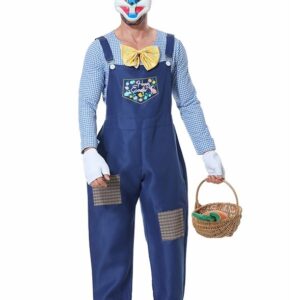For its rich and vibrant imagery Indian art has been widely popular across the world. Throughout history, Indian art has experienced a strong influence from a wide range of art forms, right from early rock paintings invented in 5500 BC to the modern contemporary artworks that are highly appreciated by many Indian art collectors. It is also believed that the Aryan offense of the Indus valley, about 1,500 BC ago, and their incorporation with the native Dravidians led the foundation of what we today know as Indian art and culture. Indian art has derived multiple forms and it flourished into a host of formats segregated into various periods that represent specific religions, political and cultural movements.
Indian art paintings can be broadly classified into two different parts: Murals and Miniatures.
Murals- Murals art is an extensive kind of art completed on walls and ceilings of solid structures such as frescoes on the walls. This art can be seen on the ceilings of the Ajanta Caves created around 200 – 600 BC.
Miniature Paintings- When we talk about miniature artwork, these painting are much smaller in comparison to the Mural arts and usually completed on paper or cloth. They include a number of genres and have grown in popularity from the early Mughal arts to the modern and contemporary art found in western culture.
In this article, you can see the most popular forms of Indian art, which individually tell a story of diversity and represent Indian culture & history in brief.
Madhubani Paintings– It is also known as Mithila art, as it came from the region of Mithila in India and founded in a small town. In real, the Madhuban Indian paintings have been painted on the side of mud huts of the women artists. While, in present time, this art is used to present a whole range of art in a similar style, but completed on canvas, paper or linen base. The material involves in creating paintings is completely natural, and usually comprised of plant extract taken from natural surroundings. These paintings often indicate various symbols, most notably symbols of love, prosperity and fertility and painted across a brightly colored three-dimensional images.
Mughal paintings- These paintings have originated in Mughal period, around the 17th century, when Mughals controlled huge pieces of the land. This art style was based on architecture and known as Mughal arts. This art period also brought with it a vast revolution in architecture field and the style itself is called as miniature paintings. This kind of art form has a strong following specifically in the desert areas of Indian such as Rajasthan and Ajmer. Indian art collectors inspired from this art form makes their traditional painting collection amazing.
Kangra Paintings- This art has been originated in the Mughals time period, which is another style of Miniature art in India. This art form differs from the Mughal miniatures with regards to color variation and the scenes portrayed in paintings are less complicated. As far as collection depict, the art is no less enticing. Art collectors can make their collection more treasurable by adding this art form. The artists or painters who painted Kangra images use a keen natural style along with calming colors that offers relaxation.
Phad Paintings- It is also a religious art form originated in the wonderful land of Kings, Rajasthan. Phad paintings were originally painted on linen and it is near a dying art style form with artists while it is still alive in different art studios and galleries. The main concept of this bright and vivid art form of Indian art is usually represent gods and various scenes from religious scriptures. While, throughout the ages, this art form has been used to indicates many famous philosophers, leaders and kings.
These are the renowned art forms in India that add special significance in Indian art & culture. Devotion towards these art forms is highly appreciated by Indian art collectors and they make their traditional collection more enthralling by adding these glorious art pieces.


